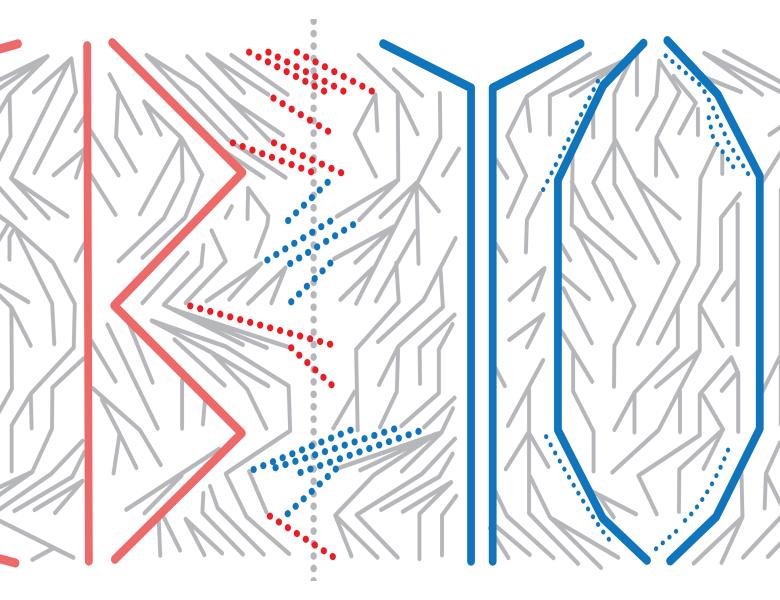
Abstract
I will talk about several theoretical results on how species adapt in continuous geography, and one descriptive tool designed for use on data. I aim to answer the following questions: When does a species faced with a new selective pressure adapt as a unit, and when do different solutions to the same evolutionary problem arise in parallel in different parts of the range? What about the case of a patchy environment: i.e. when should local adaptations be shared versus heterogeneous? How could we distinguish the two? These questions have suprisingly elegant answers, at least in the large-population-density regime, thanks to stochastic tools going back to Fisher and Kolmogorov. I will also describe a method, currently not motivated by an explicit spatial model, that uses Gaussian random fields to estimate the relative effects of simple geographic distance and environmental differences on genetic isolation.


